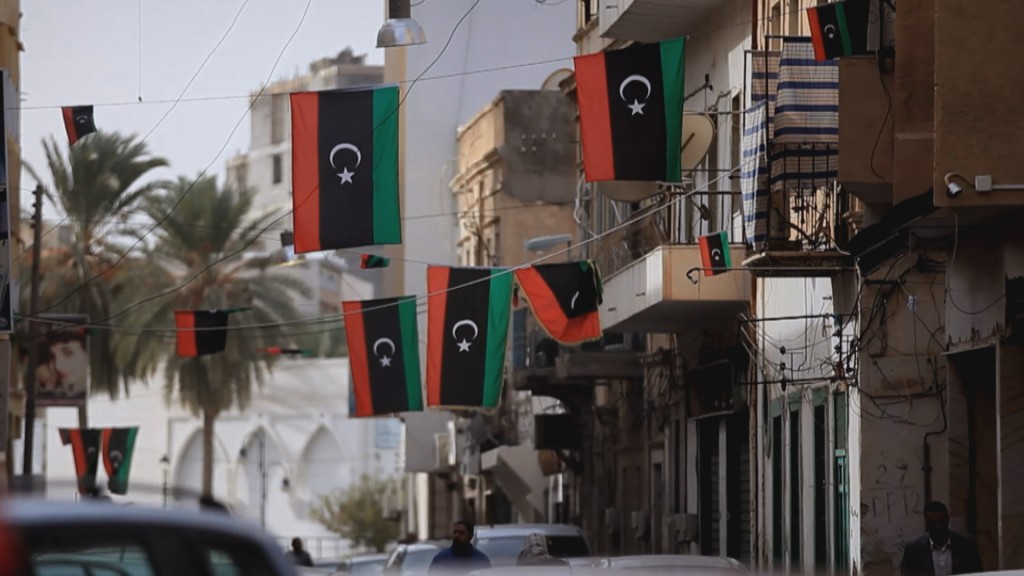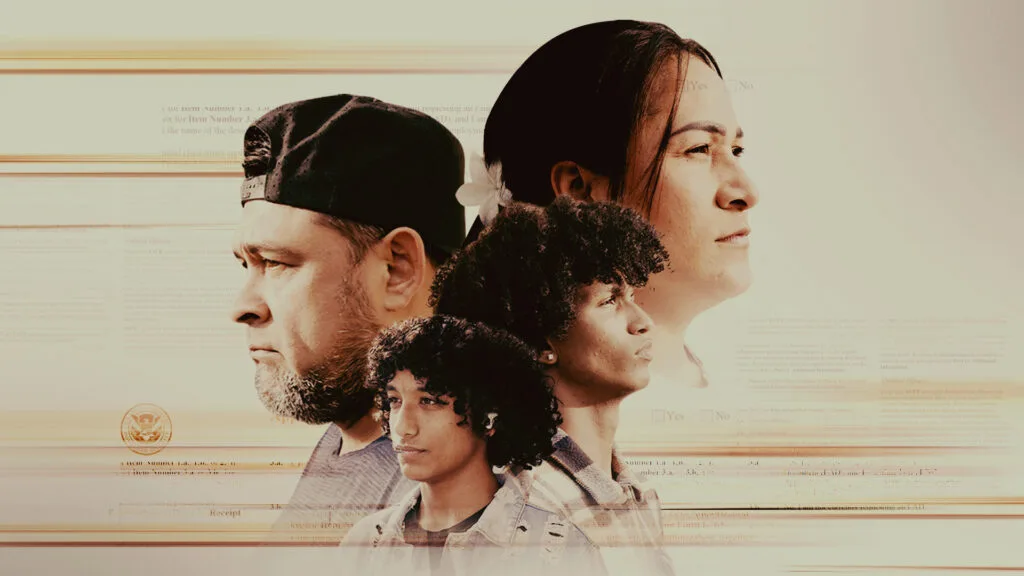Regrets of a Revolution? Libya After Qaddafi

September 29, 2015
Share
In Muammar Qaddafi’s Libya, people used to say, “We had one enemy.” Today, “people don’t know who their enemy is.”
That is how Magda Mughrabi, a Libya researcher for Amnesty International, described the current situation in Libya. “There are potentially tens or hundreds of enemies, because of the myriad of armed groups,” Mughrabi said.
Four years after Arab Spring protests turned into an armed uprising that led to the overthrow and death of the former strongman, Libya is torn between two governments and dozens of militias and armed groups. Like many of their Middle Eastern neighbors in 2011, Libyans protested against a dictator hoping for more political freedom and an end to the Qaddafi regime’s repressive four-decade-long reign. However, life for the average Libyan today, in some ways, has become more dangerous and unstable than it was under Qaddafi, according to experts.
“Libya today — in spite of the expectations we had at the time of the revolution — it’s much, much worse,” said Karim Mezran, resident senior fellow at the Atlantic Council’s Rafik Hariri Center for the Middle East. “Criminality is skyrocketing. Insecurity is pervasive. There are no jobs. It’s hard to get food and electricity. There’s fighting, there’s fear… I see very few bright spots.”
While Libya was able to hold elections in 2012, the government that emerged was never able to control the numerous militias and armed groups that gained power during the uprising, and skirmishes continued.
Fighting intensified in May 2014, when a renegade general, Khalifa Haftar, launched an assault on the Islamist militias operating in the city of Benghazi. One month later, Libyans frustrated with the Islamist-dominated General National Congress (GNC) and its inability to bring stability elected a new legislative body — the internationally-recognized House of Representatives. Now, each of Libya’s rival parliaments is roughly aligned with armed actors, with Haftar and his “Operation Dignity” fighters supporting the House of Representatives based in the northeastern city of Tobruk, while “Libya Dawn,” an umbrella term that includes Islamist militias and revolutionaries who battled Qaddafi, supports the GNC, based in Tripoli in the northwest.
The fight has only grown more complicated in recent months, as many of these groups have fragmented over time, and several other local militias and tribal fighters fight for control within the country. Added to this mix are groups like Ansar al Sharia, suspected of being behind the attack on the U.S. consulate in Benghazi in 2012, and a Libyan affiliate of the Islamic State of Iraq and Syria, which now controls Qaddafi’s home town of Sirte.
In all, an estimated 1,700 armed groups and militias are active in Libya, according to a recent report from the United Nations Office for the Coordination of Humanitarian Affairs.
“People don’t feel safe, because the law doesn’t protect them anymore,” Mughrabi said, describing a situation in which police stations are either not operational or are too frightened to intervene. Meanwhile, people can use militias that they have a personal connection with to settle scores.
Mughrabi said courts have also come under attack by armed groups, as have many attorneys, especially when they represented clients thought to be Qaddafi supporters.
“It’s really the rule of militias and armed groups, as opposed to the rule of law,” she said.
More than 4,600 people have died in the fighting since the beginning of 2014, according the Armed Conflict Location & Event Data Project, a group that monitors violence using media reports.
Some of the worst damage from the fighting is in Benghazi, where many buildings in the city’s center have been reduced to rubble. “The level of destruction, apart from Benghazi, is maybe not one that captures the world’s imagination,” Mughrabi said, but “the fear that it creates is massive.”
That fear has driven at least 435,000 Libyans from their homes to elsewhere in the country, according to the United Nations, although officials say the true total is likely higher. Libyans reported that a third of those displaced within the country were living in “precarious” accommodations, including unfinished buildings, garages, collective shelters or public spaces, according to an assessment carried out by the U.N. in August.
The U.N. estimates 2.44 million people — about a third of Libya’s population — have been affected by the fighting, which has led to shortages of food, water, electricity and medical supplies and reduced access to health care and public services. As of June, an estimated 2.5 million Libyans needed access to health services, according to the U.N., and around 400,000 required food aid.
Quality of life and access to basic services also depends on where you live in Libya. While the security situation in Libya’s capital, Tripoli, is worse off than it was five years ago, it is still more stable than cities like Benghazi, experts say.
For example, while a majority of Libyans interviewed by the U.N. in August said school-age children were able to access formal education in their communities, Benghazi’s enrollment rate had dropped 50 percent since fighting intensified in 2014.
“Libyans are incredibly disenchanted with life,” said Frederic Wehrey, a senior associate of the Carnegie Endowment’s Middle East program.
Wehrey, who has made multiple trips to Libya since the revolution, said that many there have become so frustrated by insecurity and instability that they have expressed regret about taking part in the revolution. Some have even wished for a return to the relative stability of Qaddafi’s rule.
Such sentiments should be “taken with a grain of salt” he said, adding, “You could walk down the streets at night under Qaddafi, but it was the peace of the graveyard.”
The revival of political life in some pockets of Libya is one improvement from the Qaddafi years, according to observers. With the central government practically non-existent, Wehrey said the towns and cities that have managed to function are those where Libyans have come up with local solutions.
“In the realm of politics, there is more freedom,” Mezran added, “more people who can talk, more who can demonstrate, more who are participating in politics. That’s the only bright spot, probably.”
Libyans must now pin their hopes for stability, slim as they are, on a U.N.-brokered peace agreement that calls for a unity government made up of officials from both parliaments. The deal calls for a cease-fire and disarming the various militias and armed groups, but yet to be determined is how it would be enforced.

Latest Documentaries
Related Stories
Related Stories
Policies
Teacher Center
Funding for FRONTLINE is provided through the support of PBS viewers and by the Corporation for Public Broadcasting. Additional funding is provided by the Abrams Foundation; Park Foundation; the John D. and Catherine T. MacArthur Foundation; and the FRONTLINE Journalism Fund with major support from Jon and Jo Ann Hagler on behalf of the Jon L. Hagler Foundation, and additional support from Koo and Patricia Yuen. FRONTLINE is a registered trademark of WGBH Educational Foundation. Web Site Copyright ©1995-2025 WGBH Educational Foundation. PBS is a 501(c)(3) not-for-profit organization.


















